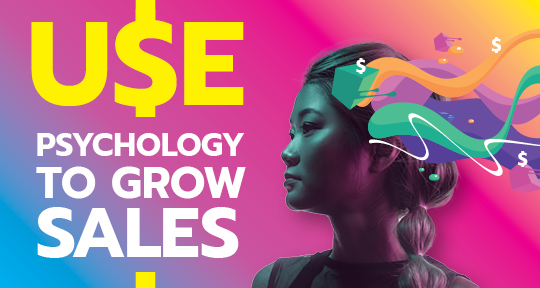Instead of building your brand around your product, you want to build your brand around your customers’ problems. Here’s how:
There are three types of problems that every customer has:
- External problem: which is their service level need. For example: “I need a bed for my dog.”
- Internal problem: which is slightly deeper. For example: “I’m worried that my dog won’t like it when it’s not comfortable enough.”
- Philosophical problems: Which other feelings and frustrations that they’re having concerning their core beliefs. For example: “My dog might tear it up, but they deserve to have a cozy bed that shows them how much they are loved.”
Now build your brand around solving that philosophical problem for your customer.
Hack Your Customers’ Emotions
Here’s how to hack into your customers’ emotions. People purchase from brands based on how they want to see themselves.
- For example, Diana needs a jacket. Diana also wants to feel classy; she also cares about her community and wants to be seen as a non-profit enthusiast. She will probably purchase with a brand that she feels is more aligned with what she wants. Align your brand to meet your customers’ desires.
Tone of voice
When you are building a brand, you should create a tone of voice guide. This allows your brand to maintain a consistent brand voice across all social media and communication. First, identify the characteristics of your brand’s personality. Then, get clear on the type of tone that aligns with that personality. Add some examples of how you plan to use this guide. Do make this as simple or in-depth as it needs to be. Add some examples of the type of language you’re going to use and make sure it’s not too complex or simplistic.
Brand Voice
Your brand’s tone of voice is the filter for the words you use in your market. It is not what’s written, but how it’s read. For example, if your website begins with a greeting, you could say “Hello,” “Aloha,” or “Hey!” Or you could be more dynamic by saying “Bonjour,” or “What’s Up!” These greetings all get the point across but finding one that resonates with your customers and their values will help you identify with them.
Brand Message Matrix
Use a brand message matrix to guide your marketing communication. A brand message matrix includes: audience, pain points, key benefits, and differentiators. This is a resource to draw from when creating content for your website or social media. This helps keep your messaging consistent and makes your product more appealing to its target audience.
- Audience. Who are they?
- Pain Points. What do they need help with?
- Key Benefit. How do they benefit from your help? Standard and Emotional Benefits.
- Differentiator. How are you different?
What is the Role your Brand Plays?
Identify the role your brand plays. Does it take on a serious tone or a playful one? Does it seek to inspire users into action or does it speak to them from a position of authority? A brand’s role can establish a unique relationship with its audience and should be established as early as possible. Define the role your brand will play in people’s lives.
Examples:
- A friend. Relatable, loyal, and fun
- A teacher. Helps learn new things
- If you are creating a baking blog, your brand might be seen as a dependable source of easy yet tasty recipes.
The Hero’s Journey a.k.a. Your Customer’s Journey
This is where a Storytelling Framework is used; it’s called the Heroes Journey. It is always used in books, movies, and brands.
To start your Heroes Journey:
- Start with a Hero (your customer)
- Who gets called to an Adventure (their problem)
- Who must get across the Threshold (search for answers)
- Meets a Guide (your brand)
- Who helps them overcome Challenges (pain points)
- As they go through their Revelation (How you help solve their problems)
- To their Transformation (purchase of your product)
- Atonement (the emotions that they feel after taking action)
Your goal is to identify their pain points and help them along with their journey. This will make your brand far more relatable as they begin the transformation of themselves by interacting with your brand and product.


